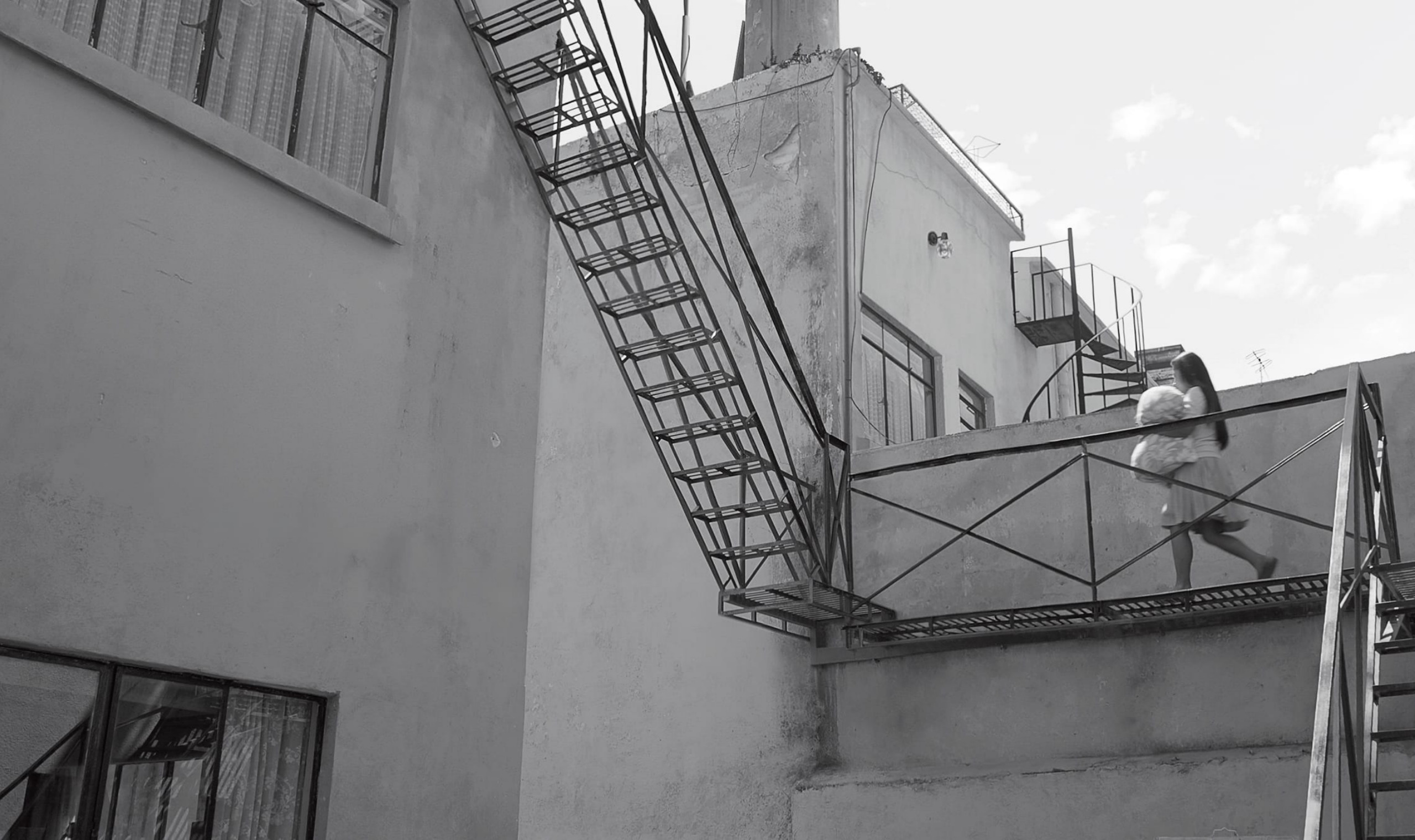RELATED ARTICLE
Nothing at Stake
By Kogonada
Roma, or the Art of Making Ruins
The Criterion Collection

The universal success of Alfonso Cuarón’s Roma is undoubtedly due to a skill that the director has demonstrated over the course of several decades and many enduring pieces of work. But it is also a sign of our times. What is it that audiences in the most varied of countries have found in this film? In a world that is heartless, polarized, violent, perhaps they found a pure message of human solidarity that transcends class and race.
This message got through clearly in Mexico, too, but Roma’s specific resonance is different here: several generations had a childhood like the one Cuarón reconstructs, but only he has brought it, in a Proustian manner, to the cinema, transporting us back to the beginning. Through the portrait of a typical middle-class family whose life plays out in the Colonia Roma neighborhood of Mexico City at the start of the 1970s, Cuarón manages to explore, recreate, and illuminate the best-loved and the most terrible layers of Mexican history.
The setting, like the lands and people of Mexico itself, is very old. The Colonia Roma was born in 1903, the brainchild of Edward Walter Orrin, a circus impresario of British origin. He took its name from the nearby village of Romita—whose original toponym was Santa María de la Natividad Aztacalco, the last word of which in Nahuatl means “house or refuge of the herons,” signifying that it was one of several island neighborhoods of the city-state Tenochtitlán, all scattered through the great lake that once occupied much of the Valley of Mexico. La Roma, as the neighborhood also came to be known, very soon became an emblem of the Pax Augusta that Mexico lived through while under the long, nondemocratic regime of Porfirio Díaz (1876–1911). Broad, tree-lined avenues were opened up, art nouveau mansions were built, pleasant fountains and squares were designed. To complete the European fantasy, over to the west, in the neighboring Colonia Condesa, a racecourse was constructed at which the tiny aristocracy of the start of the twentieth century could imagine themselves in the Paris Auteuil. These were not neighborhoods where you would see peasant workers, in their typical white cotton pants. Those white pants were in the rural haciendas, where the peasants (many of them indigenous people) worked, not in the city, where their hacienda-owning “bosses” lived.
“At the moment that he recreates, construction of these kinds of building projects had ended, and the architectural magnificence had ceased, but La Roma had become something better: a laboratory of cohabitation.”


“The killings of June 10, 1971, are not just another event in Roma. They are the tragic crux of the movie.”

